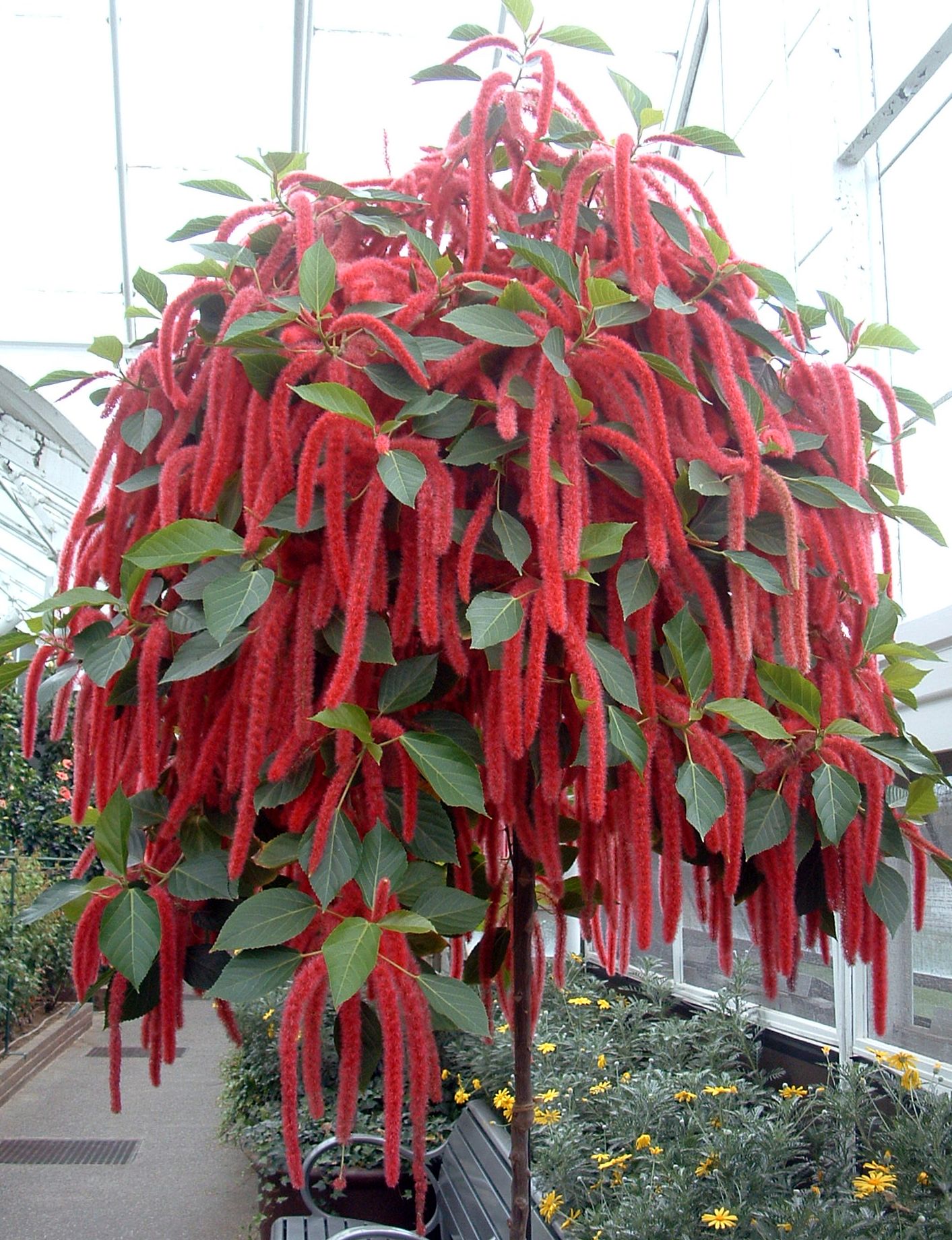|
||||||
Free Yucca Elephantipes Plants For a plant that borders on the grotesque, the Yucca has gained considerable popularity. Apart from being sold as a small stump sprouting two or three tufts of foliage, it is also available several feet high, making an ideal feature or specimen plant in the home, ifthere is room, as well as being excellent for the office. Care with watering is critical, as it is relatively easy to over-water the Yucca, resulting in rapid wilting and possible death. When the plant grows too large it can be cut back to a more acceptable size using a pruning saw. Wear strong gloves for protection; it may be easier to lay the plant down to carry out the operation. Once pruned back, the plant should produce new shoots, and the piece of stem removed can be used for propagation. Plant type : Foliage plant with erect habit Season of interest : All year round Size : 100-250cm (39—98in) Flower : Spike of white flowers, produced in summer, but unlikely indoors Leaf : Sword-like, 30-75cm (12—30in) long, 5-7.5cm (2—3in) wide Temperature : 13—21°C (55—70°F) Aspect/Light : Well-lit situation with exposure to sunlight Humidity : Prefers moderate to high humidity, but tolerates dry atmosphere Watering : Evenly moisten compost in spring and summer, allowing to dry a little before re-watering; water just enough to prevent drying out in autumn and winter Feeding : Once every three to four weeks with houseplant fertilizer in spring and summer Propagation : Plant 10-20cm (4—8in) sections of stem or 20cm (8in) offsets in seed and cutting compost at 21°C (70°F) in spring or summer Potting : Flouseplant potting compost Problems : Mealy bug, root rot from over-watering Availability : Commonly available throughout year Uses indoors : Floor-standing specimen plant for well-lit position in lounge, dining room or office |
||||||
|
||||||
